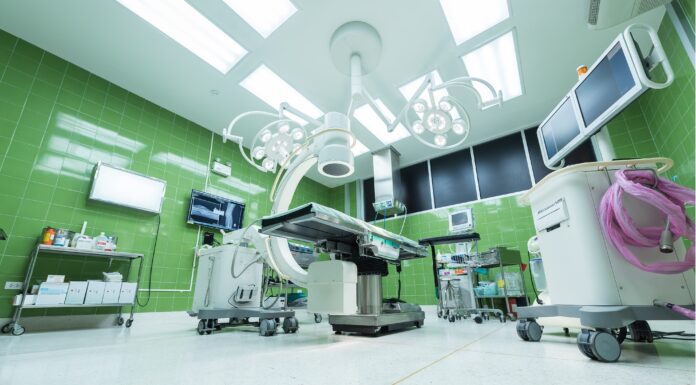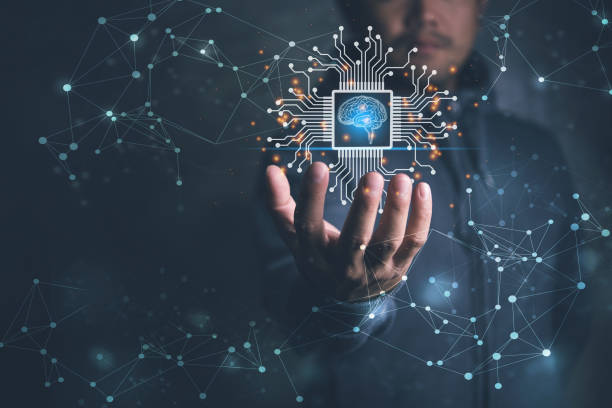Technology can play a significant role in helping patients to recover from a stroke. Technology can be used to help patients relearn skills such as walking, talking, eating, and dressing. There are a variety of tools to help facilitate independence such as interactive video games, robotic gloves, neuromuscular electrical stimulation, and video conferencing technology. With these innovative technologies available, the brains of stroke patients can repair themselves much better than in times past. Visit HealthTECH Resources
● Video Games Help with Recovery
An exciting and innovative example of stroke rehabilitation technology is interactive video games that are designed to aid in recovery for stroke survivors. Unlike traditional stroke recovery therapies that are boring and repetitive, video games add a fun flair to therapy which motivate patients to continue working towards recovery at home. Not to mention, playing interactive video games that are designed to facilitate recovery is much easier on patients as they are more focused on having fun than they are on struggling with working on regaining movement. One example of a video game that is designed for stroke recovery is Bandit’s Shark Showdown. Bandit’s Shark Showdown requires that stroke patients wear a robotic sling that they use to control the movements of a dolphin. While patients are making the dolphin battle sharks and catch mackerel, they are rehearsing and relearning their motor skills without even thinking about it.
● Body Weight Support Systems
Another ground-breaking technology that is used to aid in the recovery of stroke patients is a bodyweight support system. Bodyweight support systems are designed to support patients’ weight so they can move their limbs quickly and with ease. Studies show that weight support is instrumental for stroke patients to recover faster as the force of gravity and supporting their own body weight are not obstacles that stand in the way. Patients who use a weight support system as part of their therapy recover much faster than those who do not.
One example of a bodyweight support system that is commonly used in stroke recovery therapy is the SaeboMAS. The SaeboMAS system provides support for the upper extremities, and it boasts a five-star rating. Patients can have the SaeboMAS system in their homes as the company provides out-of-pocket patient discounts for those who wish to order it for themselves directly.
● Video Conferencing with Doctors and Specialists
Virtual visits with doctors and other specialists over the video are a convenient way for stroke survivors to receive the help that they need to recover. Rather than having to contend with the hassle of having to travel to clinical settings to receive therapy which can cause a significant lack of motivation, stroke survivors can receive their therapy in the comfort of their homes. Because patients will be able to conveniently receive therapy in a comfortable setting, they will be more motivated about engaging in therapy regularly.
Video visits can also enable stroke survivors and their caregivers to receive answers quickly. When concerns arise, patients and their caregivers can consult with doctors and specialists over video with the touch of a button. When concerns are addressed quickly, this ensures that the recovery process is smoother and that patients enjoy greater success.
● Innovative Devices to Aid in Stroke Recovery
In addition to interactive video games, bodyweight support systems, and video conferencing technology, neurorehabilitation devices help patients recover safely in their homes. Such devices are highly trusted by clinicians and top medical universities, and they are immensely affordable since many devices cost around $300. The reasonable price tag enables this class of rehabilitation devices to be more accessible to those who need them.
One example of such a device is the Music Glove. The Music glove connects with a tablet to provide a portable, therapeutic solution that helps patients to regain movement in their hands. Music Glove requires that patients wear the glove and perform a variety of hand movements when music notes float on the screen. Some compare this game to playing Guitar Hero. Many patients state that when they use Music Glove consistently, they notice a drastic improvement in their hand function within a two-week period.
As technology continues to evolve, the field of medicine also improves as technology and medicine are integrated together to improve patient outcomes. Money spent toward researching innovative technical solutions is the key to drastically improving healthcare and fighting against debilitating disabilities.
















